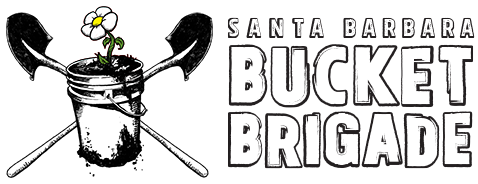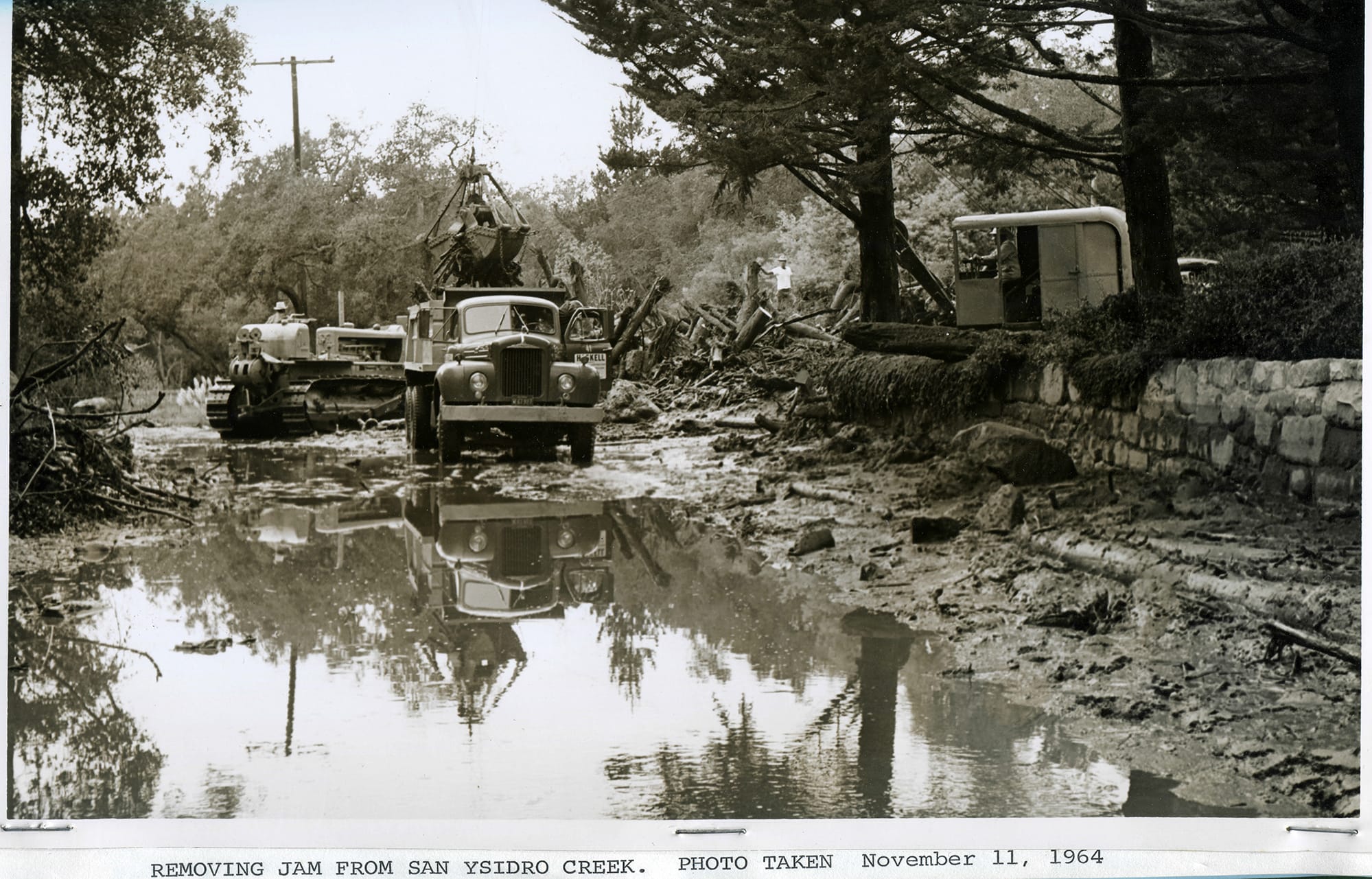Neighborhood Action Kit
This resilience toolkit teaches a step-by-step plan for resilience team building and neighborhood emergency preparedness. Following this 5-step plan will help create a strong foundation of community resilience based on neighbors getting to know each other and working together.
-
During Step 1, a group of community members define a manageable area, such as their apartment complex, cul de sac, or general residential neighborhood.
-
Step 2 involves the development of a team of neighborhood leaders. These are engaged community members who can work together to build preparedness plans and carry out emergency support activities if and when the time comes.
-
During Step 3, community members in the defined area (Step 1) scout their neighborhood to get familiar with the lay of the land, its streets and pathways, and the history of disasters and other emergencies common to the area.
-
Building a team is the key to Step 4. This is when engaged community members get to know who lives in the defined area, how their fellow neighbors can help (before, during, or after a disaster), and who may need extra help (such as elderly residents, families with small children, or residents with compromised physical mobility).
-
Step 5 is to create a plan that outlines what neighbors in their defined area will do before, during, and after a disaster. Examples include but are not limited to: community fuel-treatment projects; creating evacuation plans; and, after disasters, developing neighborhood plans for long-term recovery.



